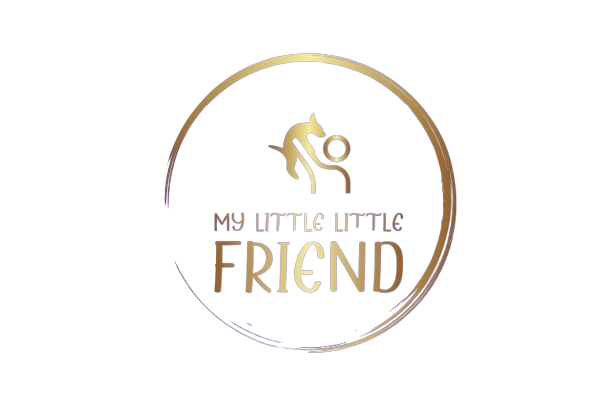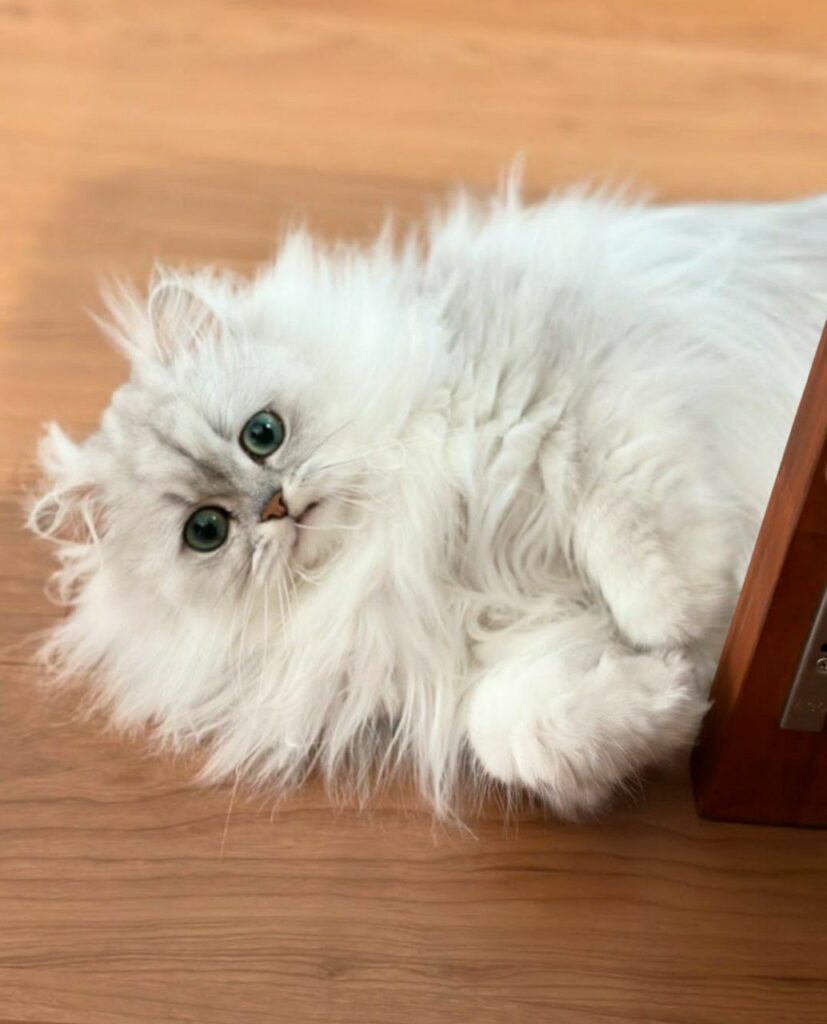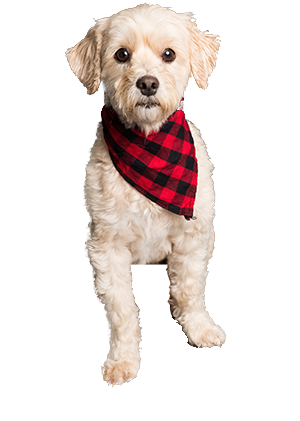The Enchanting Persian: A Regal Feline with a Luxurious Past
The Persian cat, with its captivating eyes, flowing fur, and gentle demeanor, has captured hearts for centuries. This breed embodies elegance and grace, earning them the title of “aristocrats of the cat fancy.” Their unique appearance and regal personality have secured their place as one of the most popular cat breeds around the world. Exploring the history, characteristics, care, and fascinating facts surrounding the Persian cat reveals a breed steeped in tradition and brimming with charm.
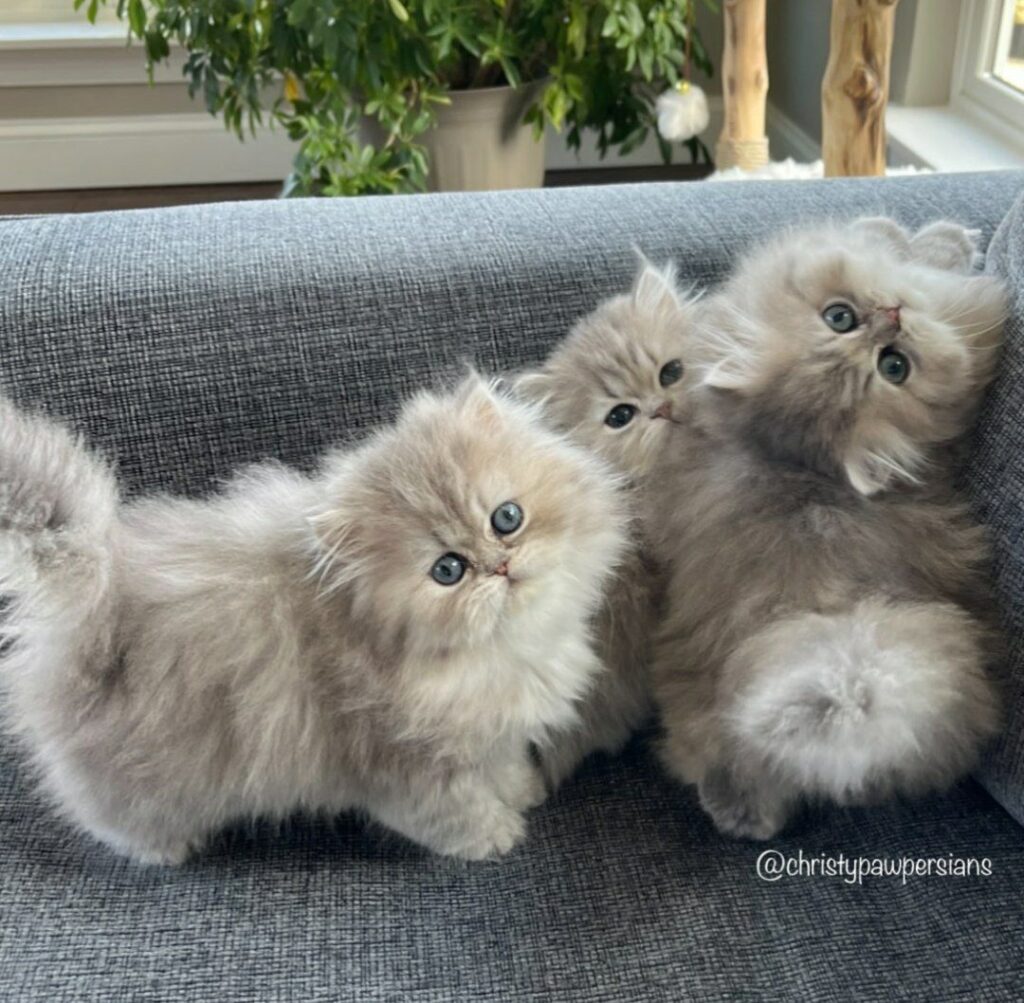
A Journey Through Time: The Persian’s Origins
The exact origins of the Persian cat remain shrouded in some mystery. However, historical evidence suggests their tale begins in ancient Persia, now known as Iran. Depictions of cats with long, flowing fur appear on artifacts dating back to around the 4th century BC. Scholars theorize that selective breeding of naturally longhaired cats within the region led to the development of the Persian breed we know today.
By the 16th century, these longhaired felines had reached Europe, captivating royalty and nobility. They were first documented in Italy in the 1500s and later found their way to France, where they were further refined through breeding programs. These early European Persians often had shorter legs and a more rounded head than the modern breed standard.
The 19th century saw a surge in the popularity of Persian cats, particularly in England. Queen Victoria, a known animal lover, became a devoted admirer of the breed. This royal patronage further elevated the Persian’s status and fueled selective breeding to achieve the extreme features we associate with them today: a flat face, large, round eyes, and an even longer, denser coat.
Throughout the 20th and 21st centuries, the Persian remained a popular breed, consistently ranking among the top choices for cat owners worldwide. Breeders have continued to refine the standard, resulting in a variety of coat colors and patterns, adding further diversity to the breed’s appeal.
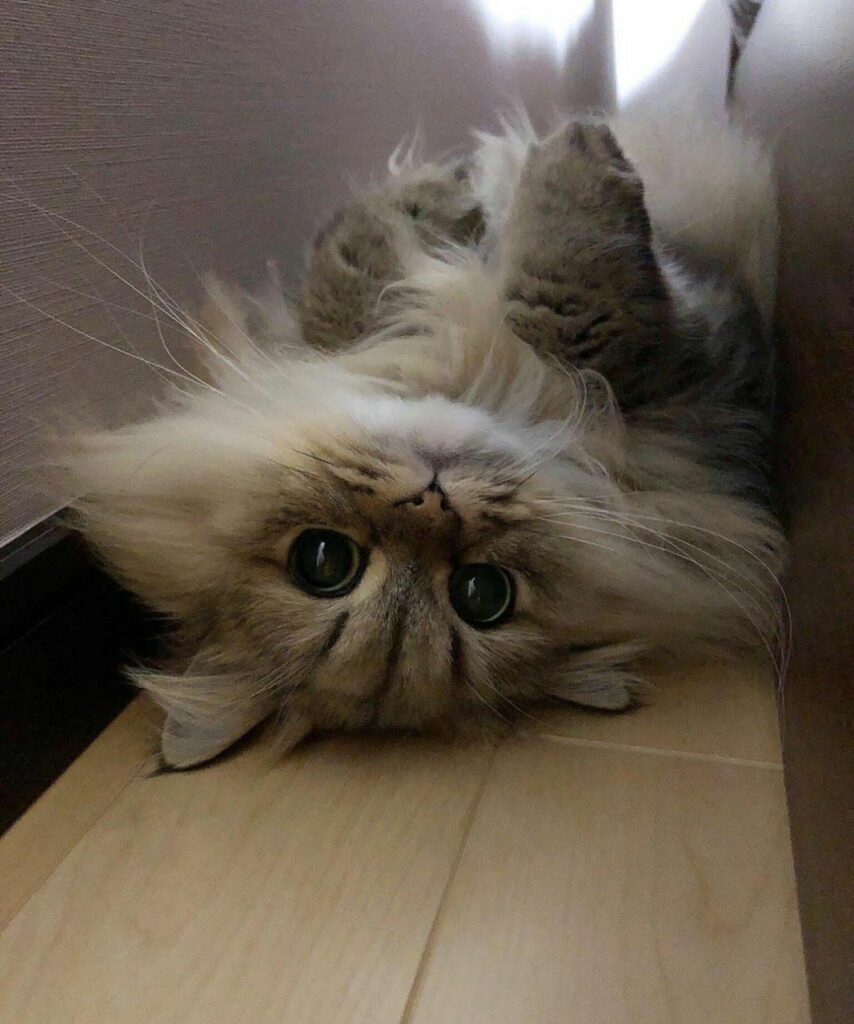
Unfurling the Persian’s Appearance
The defining characteristic of the Persian cat is undoubtedly their luxurious coat. It is long, silky, and thick, with a luxurious double coat that requires regular grooming to prevent matting. Persians come in a stunning array of colors and patterns, including solid colors like white, black, and red, or bi-color and tabby variations.
Beyond their fur, Persians are known for their distinctive facial features. They have a brachycephalic head, meaning their face is pushed in, with a short nose and large, expressive eyes. These mesmerizing eyes can be copper, green, blue, or even a combination of colors.
The rest of the Persian’s body is typically cobby, meaning it is short and compact with well-rounded curves. Their legs are short and sturdy, and their paws are round and plush. Males tend to be larger than females, with males reaching weights of 7-10 kg (15-22 lbs) and females weighing 4-7 kg (9-15 lbs).
A Gentle Soul: The Persian’s Personality
The Persian’s temperament is as captivating as its appearance. They are renowned for their docile and affectionate nature, earning them the nickname “gentle giants.” Persians are known to be calm and adaptable, making them ideal companions for families and individuals who enjoy a quieter lifestyle.
These felines are highly intelligent and can be trained with patience and positive reinforcement. However, they are not known for being overly playful or energetic. Persians generally prefer quiet companionship and gentle interaction with their humans. They are known to form strong bonds with their owners and thrive on attention and affection.
While Persians are generally gentle with children, it’s important to supervise interactions, especially with younger children, to ensure proper handling and prevent any potential injuries to the cat.
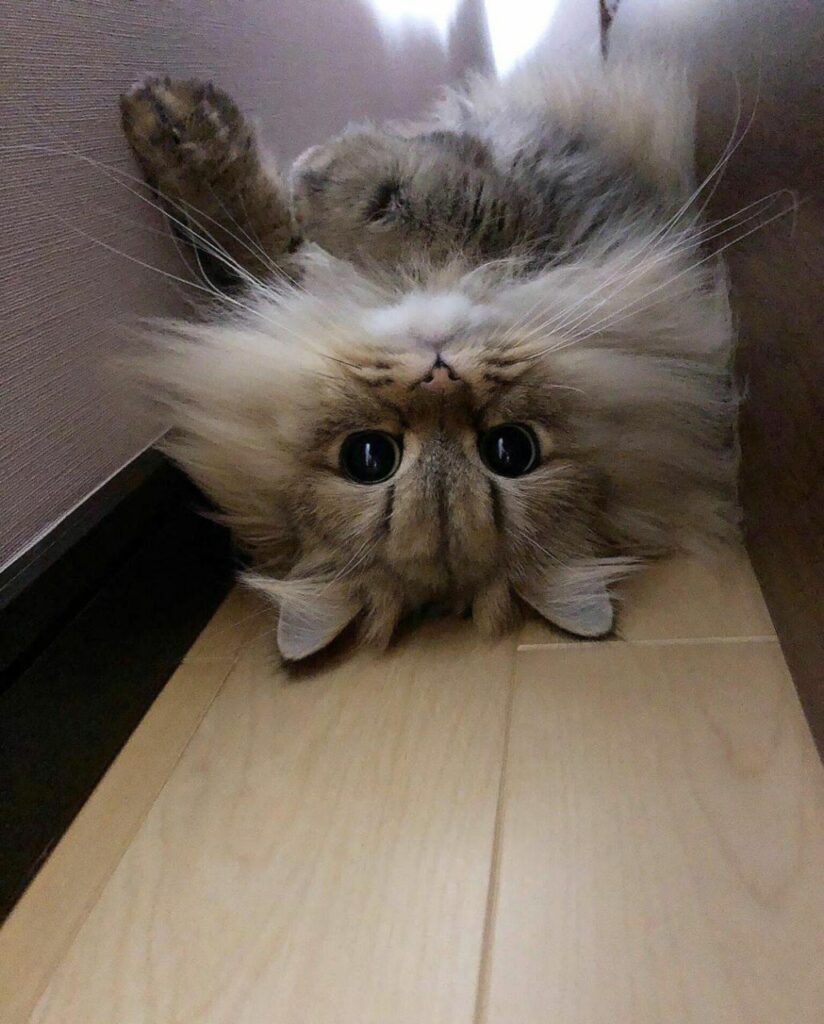
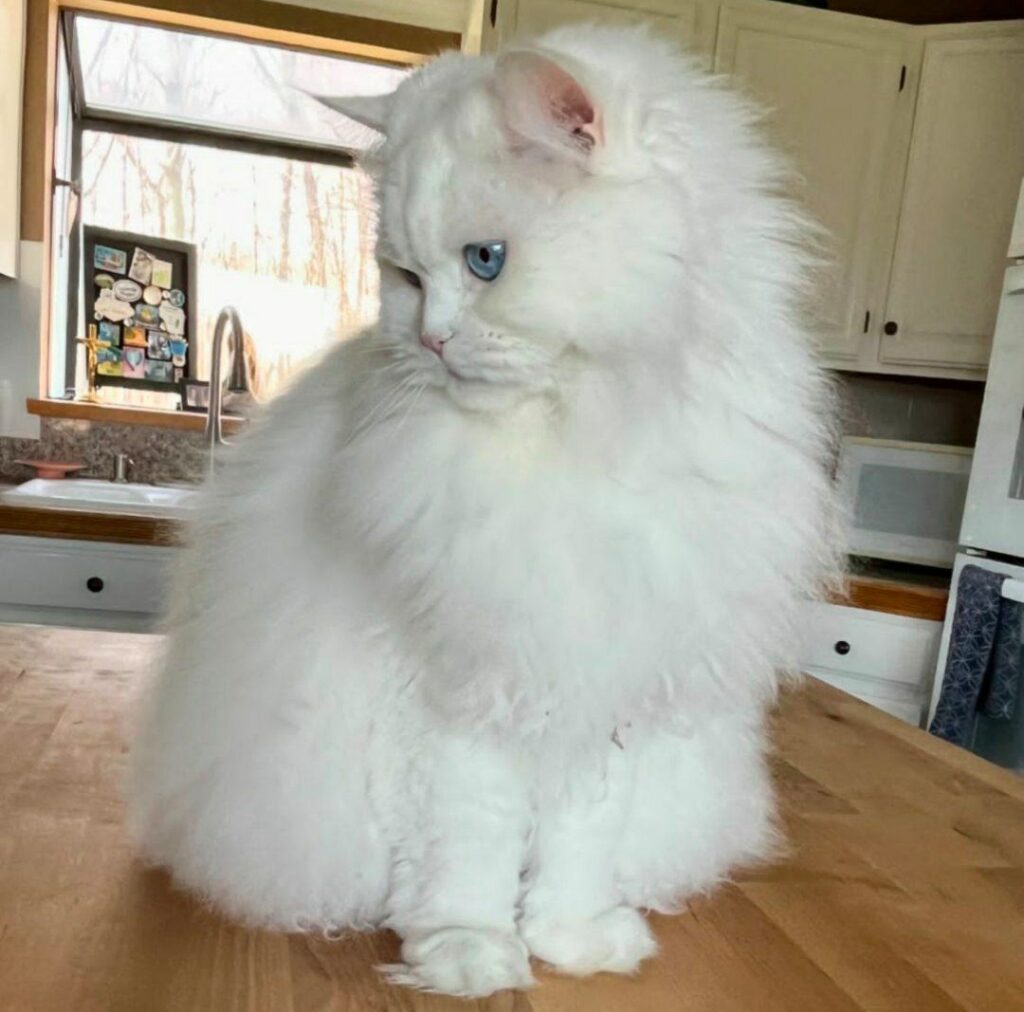
Caring for Your Regal Companion: Essential Needs
Owning a Persian cat comes with a responsibility to provide them with the proper care to ensure their health and happiness. Here are some key aspects to consider:
Diet: Persians have specific dietary needs due to their less active lifestyle. A high-quality cat food formulated for longhaired breeds is crucial to maintain their coat health. These formulas typically have a moderate protein content and focus on essential nutrients that promote healthy skin and fur. Regular grooming is also essential to prevent matting and hairballs.
Grooming: A Persian’s luxurious coat requires consistent grooming to maintain its beauty and prevent mats. Daily brushing is recommended to remove loose hair and prevent tangles. Regular baths and professional grooming sessions may also be necessary depending on the coat length and texture.
Veterinary Care: Regular veterinary checkups are essential for all cats, including Persians. Due to their flat face, Persians can be prone to certain health issues,
Potential Health Concerns in Persians
Brachycephalic Syndrome: The Persian’s flat face can predispose them to brachycephalic syndrome, a group of respiratory problems that can cause difficulty breathing, especially during exercise or in hot weather. Signs to watch for include noisy breathing, snoring, and open-mouthed breathing.
Eye Problems: Their large, protruding eyes can be susceptible to injuries, infections, and tear stains. Regular cleaning of the eye area and prompt veterinary attention for any signs of redness, discharge, or squinting is essential.
Polycystic Kidney Disease (PKD): This is an inherited genetic condition that can lead to kidney failure in later life. Responsible breeders screen their breeding stock for PKD to minimize the risk of passing it on to kittens.
Dental Issues: Persians can be prone to dental problems due to their flat face and tendency to develop crowded teeth. Regular dental cleanings at the vet and a focus on good dental hygiene at home are crucial.
Skin Issues: These can include excessive tearing, seborrheic dermatitis (flaky skin), and matting, which can harbor bacteria and lead to infections. Proper grooming and a healthy diet can help minimize these issues.
Providing a Loving Environment: While Persians are not known for being highly active, they still need opportunities for exercise and play. Providing scratching posts, climbing structures, and interactive toys can help them stay mentally and physically stimulated. Remember, Persians are social creatures who thrive on companionship. Dedicate time for petting, cuddling, and gentle play to strengthen your bond with your feline friend.
Beyond the Basics: Fascinating Facts about Persians
The Teacup Persian: This is not an official breed designation but rather a term used for exceptionally small Persians. These cats are often bred unethically and can suffer from health problems due to their diminutive size.
Famous Felines: Persians have graced the homes and hearts of many celebrities and historical figures. Marie from Disney’s “The Aristocats” is a popular example, and Queen Victoria was known for her devotion to the breed.
Hollywood Stars: Persians have also made their mark on the silver screen. The orange tabby cat from the “Garfield” comics is a Persian, and Snowbell from “Stuart Little” is another recognizable feline star.
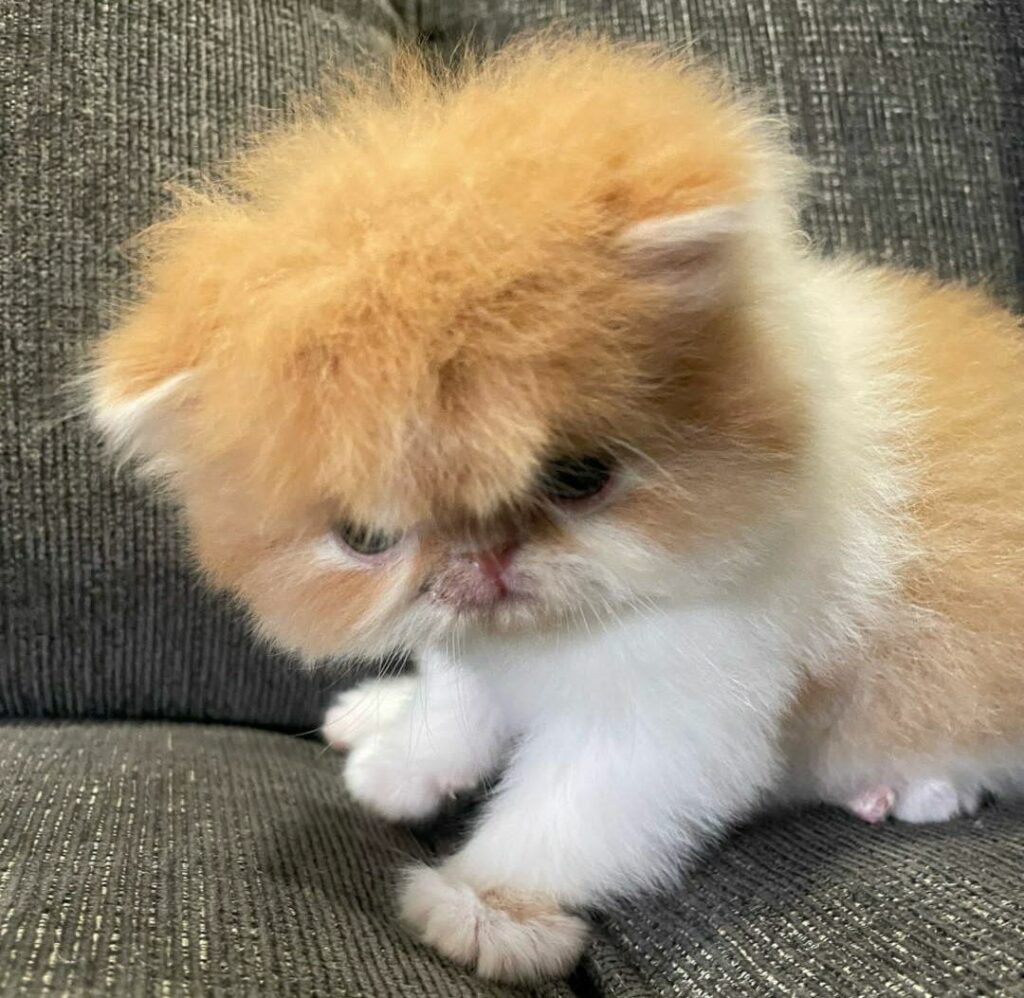
The Guinness World Record: In 2014, a Persian named Colonel Meow from Los Angeles achieved a Guinness World Record for having the longest fur on a domestic cat. His fur measured a staggering 23 cm (9 inches)!
Allergy Considerations: While Persians are known for their luxurious coats, they are not considered hypoallergenic. People with cat allergies may experience a reaction when spending time with a Persian.
Owning a Persian cat is a rewarding experience. Their gentle nature, stunning beauty, and captivating presence make them truly special companions. By understanding their unique needs, providing proper care, and showering them with love, you can ensure your Persian cat thrives and brings joy to your life for many years to come.
A Guide To Kitten Obesity
Facebook Twitter Pinterest LinkedIn A Guide To Kitten Obesity A Comprehensive Guide to Kitten Obesity: Keeping Your Furry Friend Fit and Healthy The first year
How Much To Feed a Kitten
Facebook Twitter Pinterest LinkedIn How Much To Feed a Kitten Fueling Feline Growth: A Guide to Kitten Feeding Through the First Year The first year
Hello There!
Facebook Twitter Pinterest LinkedInWelcome to WordPress. This is your first post. Edit or delete it, then start writing! Facebook Twitter Pinterest LinkedIn
